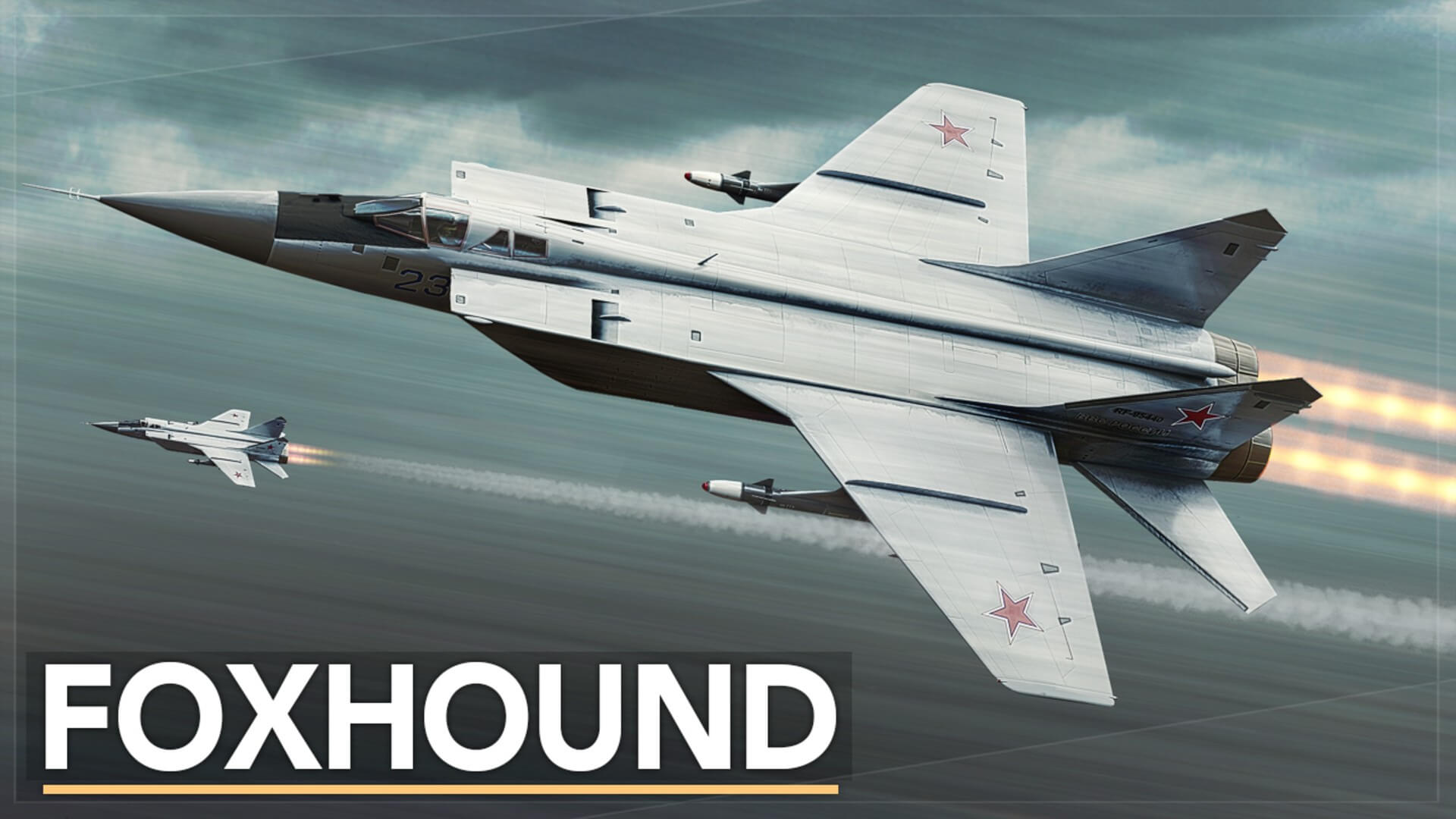A Russian MiG-31 supersonic interceptor recently shot down a Ukrainian Su-24 aircraft with an R-37M long-range air-to-air missile. The latest revelation was made by a Russian Aerospace Forces (VKS) pilot named Alexander during an interview with Zvezda TV.
US, Russia & France Are ‘Pushing’ Germany Towards Nukes; Berlin Drafting Its 1st Ever National Security Strategy
US Expedites Hypersonic Deployment As China Equips It Nuke Submarines With Missiles That Can Strike USA
In the footage, a MiG-31BM from the 712th Regiment in Kansk can be seen taking off from the air base in Belbek, Crimea. According to the interview, the crew allegedly found an air target during the patrol mission.
After the command post determined that the target was an enemy aircraft, the Russian aircraft fired an R-37M air-to-air missile at the Ukrainian Air Force’s Su-24.
The development supported the claims that the MiG-31 crew downed Ukrainian aircraft while conducting high-altitude defensive patrols along the constantly shifting frontlines and launching lethal Vympel R-37M air-to-air missiles.
????…MiG-31 interceptor crews perform air patrol tasks in a given area
Having received confirmation from the control center that the target was an enemy aircraft, the crew launched an air-to-air missile, destroying the Su-24 aircraft of the Armed Forces of Ukraine. pic.twitter.com/W3yu4ufiDU
— Vũ thế Hưng (@vuthehung_555) November 16, 2022
In the past several weeks, experts have highlighted that the three regiments operating the finest interceptor for the VKS—the twin-engine, two-seat Mikoyan MiG-31BM—are operating well compared to other Russian aircraft in Ukraine.
The MiG-31 was primarily designed to be an interceptor. The aircraft was officially unveiled in May 1981. The development of the BM variant started in 1997.
The MiG-31BM is an upgraded version of the MiG-31 baseline model. The aircraft is equipped for air-to-air combat and air-to-ground assaults.
According to a recent study, the MiG-31BM and R-37M long-range air-to-air missiles have been exceptionally effective for the VKS’s defensive patrols to counter Ukrainian attack aircraft and fighters.
The MiG-31 is an evolution of the iconic Mikoyan MiG-25 from the Cold War, a plane the Russians built expressly to stop supersonic US Air Force bombers on nuclear attack missions. Three regiments of the Russian Air Force are currently equipped with 90 modified MiG-31BMs.
The MiG-31 can outperform the Sukhoi Su-27 interceptors of the Ukrainian Air Force in altitude, speed, and distance. The heavyweight fighter can accelerate briefly at Mach 2.5 and soar as high as 60,000 feet out to 450 miles.
The VKS has been shooting up to six R-37Ms per day since October. The RUSI report highlighted that it is incredibly challenging to avoid being hit by this weapon because of its fast speed, extremely long effective range, and seeker built for low-altitude targets.

R-37M Long-Range Aircraft Missile
Vympel NPO manufactured the R-37 long-range air-to-air missile as an upgraded variant of the R-33 air-to-air missile for the MiG-31M interceptor. According to British media reports, it can hit air targets from more than 200-300 kilometers away at almost hypersonic speed.
The improved aiming system assures pinpoint accuracy. It consists of an onboard inertial complex and a missile-homing warhead. It is also referred to as the AA-13 in the West and RVV-BD, “Axehead,” and “Andi,” among others. The RVV series is believed to be more advanced and made entirely of Russian components.
The R-37M was originally designed to be carried by the MiG-31. The weapon was later upgraded to be compatible with Russia’s fourth-generation Su-30, Su-35, and fifth-generation Su-57 fighter jets. Experts believe the missile can greatly boost the combat capabilities of fighter jets.

A dual-pulse solid propellant rocket motor propels the missile. An inbuilt dual-band active radar seeker directs it toward its destination, while an inertial navigation system collects mid-course updates from the launch aircraft.
According to the manufacturer, the missile’s seeker can lock on to a target with a 54-square-foot radar cross-section at distances of up to 40 kilometers during the terminal phase of an encounter.
Similar to the R-37, the R-37M is said to be able to transport a nuclear payload for taking out bigger aircraft or missile groups. Western experts said the missile is designed to take out high-value assets like AEW&C planes. This should make the Su-57 and R-37M a lethal combination.
Russian newspaper Izvestia claimed that the Su-35S aircraft started captive-carry missions with R-37M missions in 2020. The aircraft can carry four R-37Ms: two beneath the wings and another pair below the fuselage.
- Contact the author at ashishmichel(at)gmail.com
- Follow EurAsian Times on Google News




